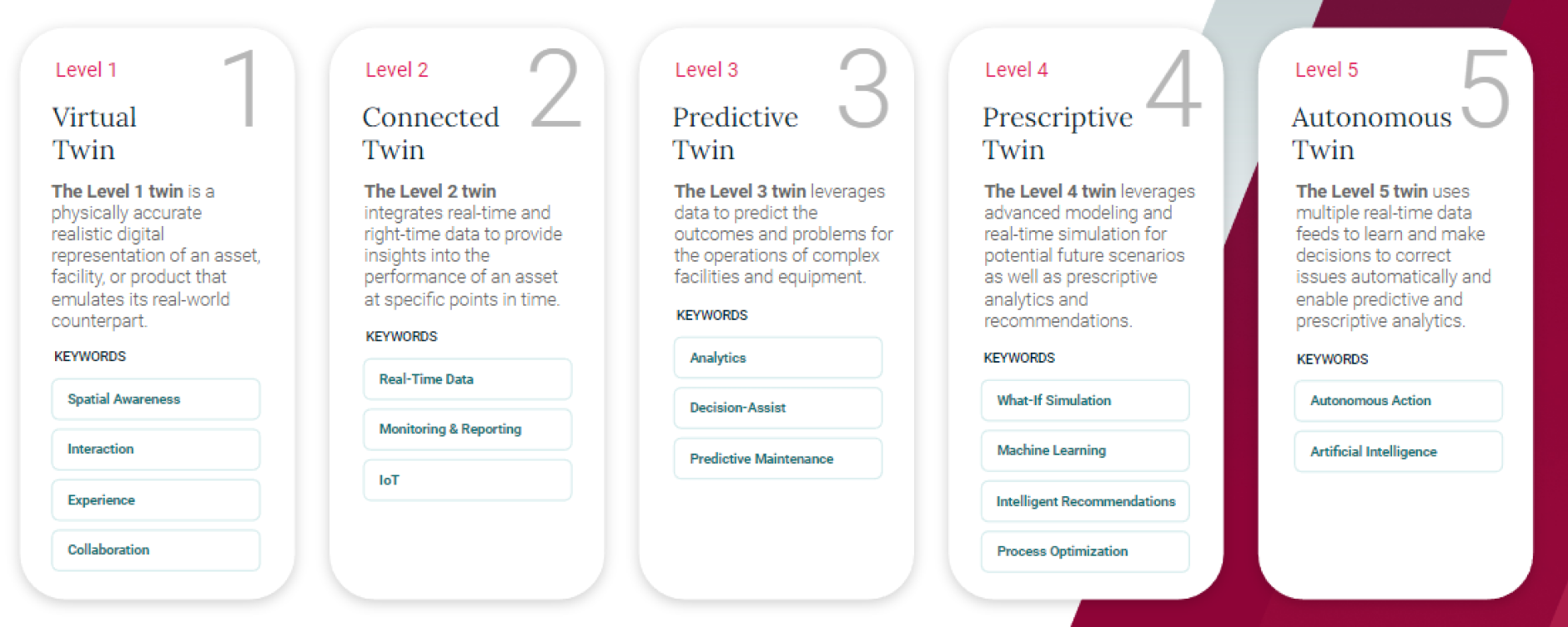INNOVATION
Why Will Digital Twins Change the World?
ENGINEERING SERVICES
Why Will Digital Twins Change the World?
In recent years, the concept of digital twins has gained a lot of attention. It is a technology that involves creating a digital replica of a physical object or system, be it a chair or as complex as a Formula One race car. Digital twins are a combination of technologies such as 3D modeling, data analytics, and artificial intelligence that replicate anything in the physical world and create a digital version of it. Digital twins offer a wealth of benefits to various industries, including quick and efficient decision-making, predictive maintenance, and optimization of processes.

Understanding the Concept of Digital Twins
Digital twins are a digital representation of a real-world object or system. They are created by combining a physical replica of the object or system and data from sensors and other sources. The physical replica is the first layer of a digital twin, while the data layer is the second layer. The data layer consists of data collected from sensors, cameras, and other sources that provide real-time information about the object or system.
Digital twins offer several benefits, including improved efficiency, reduced downtime, and better decision-making. For example, a digital twin of a warehouse can help in quick and efficient decision-making by allowing businesses to scale up or down and view different information within it. Similarly, a digital twin of a chair can help in visualizing what it will look like in a space, improving retention and making it more appealing to customers.

The Different Levels of Digital Twin Maturity Models
The digital twin maturity model consists of five different levels, with level one being a dimensionally accurate representation of an asset, and level five being a fully interactive and collaborative experience. At level one, digital twins provide a dimensionally accurate representation of the asset, while at level five, they become fully autonomous, making decisions and taking actions without requiring human input or review.
Level two involves adding real-time data monitoring and reporting, while level three adds a layer of machine learning models to monitor and report the data. At level four, digital twins become predictive, leveraging machine learning to create predictive outcomes. At this stage, digital twins are capable of predicting future scenarios and optimizing processes. Finally, at level five, digital twins become prescriptive, using advanced modeling and real-time simulation to predict future scenarios and optimize processes
Applications of Digital Twins
Digital twins are used in various sectors such as manufacturing, transportation, and airport management, to name a few. In the manufacturing sector, digital twins are used to optimize processes, improve efficiency, and reduce downtime. They can also predict maintenance needs and prevent breakdowns.
In the transportation sector, digital twins are used to monitor and optimize the performance of vehicles, reduce downtime, and improve safety. They can also predict maintenance needs, prevent breakdowns, and improve the overall customer experience.
Collaboration and the Importance of Working with Experts
Creating smarter digital twins requires collaboration and working with experts who have experience in the field. Collaboration is essential because digital twins are complex and require input from multiple individuals to create an accurate and effective replica. It is also essential to work with experts who have experience in creating digital twins and understand the various technologies involved.
Digital twins are an innovative technology that offers numerous benefits to various industries. They can improve efficiency, reduce downtime, and provide real-time data monitoring and reporting. Digital twins have numerous applications in various sectors, including manufacturing, transportation, and airport management. Creating smarter digital twins requires collaboration and working with experts who have experience in the field.

DIGITAL MARKETING
Top 10 Photos of Developers Staring At Screens

DIGITAL STRATEGY
5 Ways Retailers Can Make Influencer Marketing More Influential

ECOMMERCE